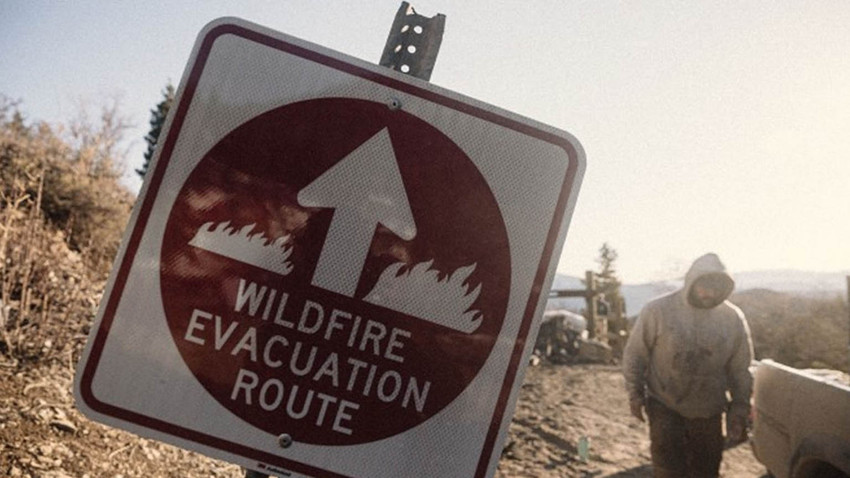Alpine Forestry Uses Silky to Protect Homes from Wildfire
Prescribed burning is often the best way to remove brush, grass, and dead trees, all of which can become fuel for a forest fire.
Prescribed burns can help restore open space and maintain healthy forests, while also lowering the risk of a wildfire that can wipe out a neighborhood or a whole town.
Utah-based Alpine Forestry was founded in 2020 by ex-United States Forest Service (USFS) wildland firefighters to help create wildfire defensible spaces near where people live to reduce the risk of catastrophic wildfires. The company relies on Silky saws to help steward woodlands and wildlands sustainably with the goal of wildfire defense, which often includes prescribed burns.
“Silky saws provide us with lightweight, dependable saws for just about every type of work we perform,” said Matt Castellon, Alpine Forestry Co-owner. “Every crewmember keeps a saw in their pack and we use them frequently. We are really hard on our equipment and have found Silky to be very tough and remain sharp for a long time. Prescribed burns are an important forest restoration technique, and a way to reintroduce fire safely into the ecosystem. Fuels reduction projects coupled with prescribed burns reduce burnable material, which can reduce fire intensity. Silky saws help us prep a prescribed burn so we can control and direct the fire.”
On a recent project outside Park City, in Summit Park, Utah on Snyderville Basin Special Recreation District open space, Alpine Forestry used Silky saws to cut slash piles before they stacked and burned them to reduce flammable vegetation near the Summit Park Community.
Soon after, a large fire in Parleys Canyon was heading towards Summit Park. Firefighters were able to extinguish the fire before it burned people’s homes. Castellon said the firefighters were thrilled to have a safe place to approach the fire, and they noted that Alpine Forestry’s fuel reduction work would have been key in suppressing the fire and protecting the community had the fire spread.
Castellon advises people living in high-risk areas to be proactive in reducing their wildfire risk. He says that creating a defensible space is a great first step for homes in the wildland-urban interface (WUI) and advices people to visit the National Fire Protection Association (NFPA) for homeowner guidance.

